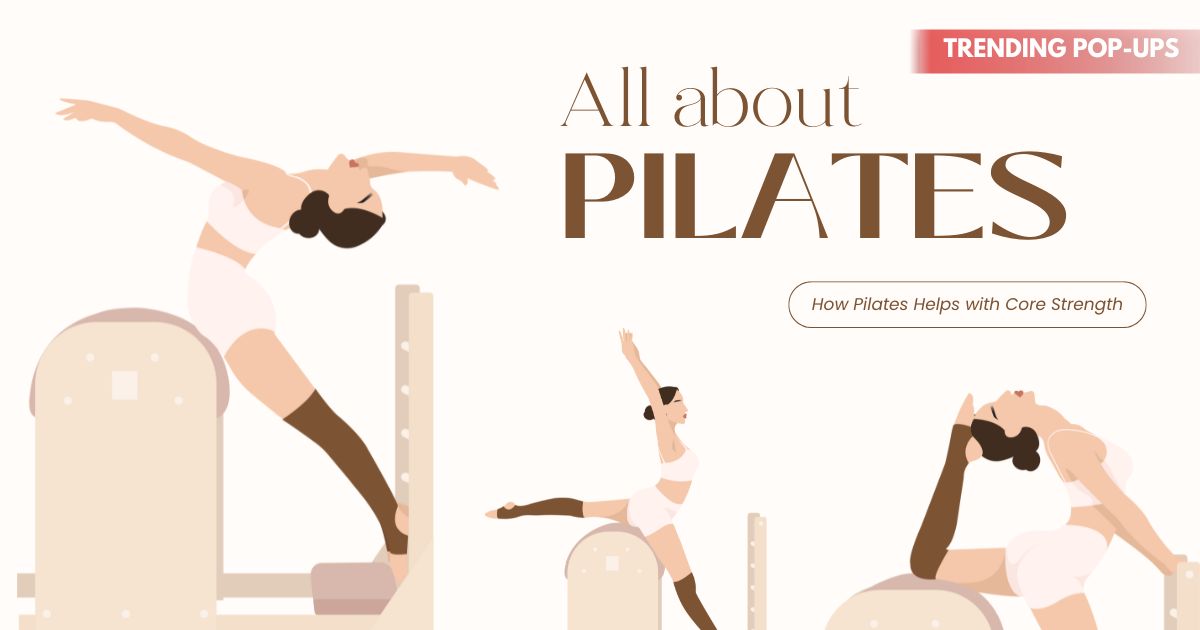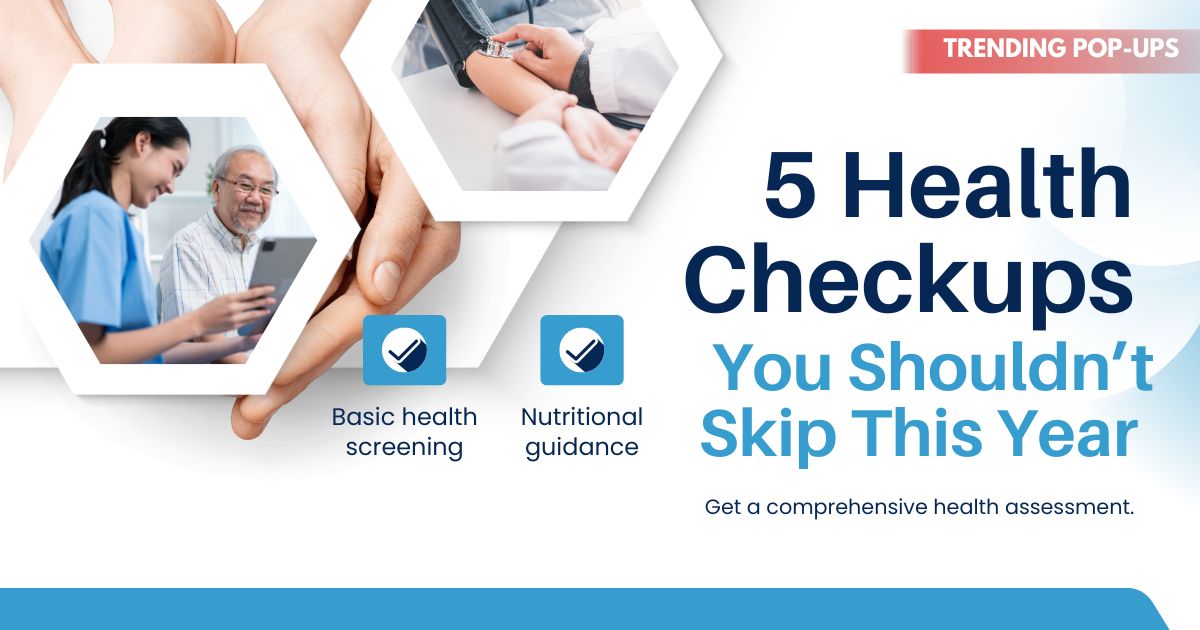When it comes to building a strong, stable, and flexible body, Pilates is one of the most effective exercise methods. Developed in the early 20th century by Joseph Pilates, this practice focuses on controlled movements, proper breathing, and alignment to strengthen muscles and improve overall fitness. One of the greatest benefits of Pilates is its ability to develop core strength, which is essential for posture, balance, and injury prevention.
Whether you are an athlete, a fitness enthusiast, or someone looking to improve daily functional movements, Pilates offers a wide range of techniques that specifically target the core. Let’s explore how Pilates helps strengthen the core and why it should be a part of your fitness routine.
Understanding the Core
Before diving into how Pilates helps, it’s important to understand what the core really is. The core is not just your abs—it includes a group of muscles that stabilize and support your spine and pelvis. These muscles include:
-
Rectus abdominis – the “six-pack” muscle in the front.
-
Transverse abdominis – the deepest abdominal muscle that acts like a corset.
-
Obliques – muscles on the sides of your abdomen that support twisting and bending.
-
Pelvic floor muscles – help stabilize the pelvis and support internal organs.
-
Erector spinae and multifidus – muscles along the spine that maintain posture.
-
Diaphragm – plays a role in breathing and stabilizing the trunk.
A strong core goes beyond aesthetics. It enhances stability, reduces back pain, and allows you to move efficiently in daily life and sports.
How Pilates Strengthens the Core
1. Focus on Controlled Movements
Pilates emphasizes slow, controlled exercises rather than fast, high-intensity movements. This approach engages deep core muscles like the transverse abdominis, which are often neglected in traditional workouts.
2. Improves Mind-Body Connection
Pilates requires concentration and awareness of body alignment. By paying attention to form and breathing, you activate the core more effectively, ensuring muscles work in harmony.
3. Strengthens Deep Stabilizing Muscles
Unlike traditional ab exercises that target surface muscles, Pilates strengthens the deeper stabilizers. These muscles are crucial for supporting the spine, improving posture, and preventing injuries.
4. Encourages Proper Breathing
Breathing in Pilates is intentional and coordinated with movement. This technique engages the diaphragm and helps stabilize the core from within, creating a stronger foundation.
5. Builds Functional Core Strength
Pilates movements mimic real-life activities, teaching your body to use core muscles during bending, twisting, lifting, or standing. This makes daily movements easier and safer.
Key Pilates Exercises for Core Strength
1. The Hundred
One of the signature Pilates exercises, it involves lying on your back, lifting your legs and shoulders, and pumping your arms while maintaining controlled breathing. It builds endurance and core activation.
2. Plank to Leg Lift
This variation of a plank engages the abdominals, obliques, and stabilizers while also challenging balance.
3. Roll-Up
A slow, controlled movement from lying down to sitting up, strengthening the rectus abdominis and improving spinal mobility.
4. Single-Leg Stretch
Performed by lying on the back and alternating leg extensions while engaging the abdominals. This targets the deep core muscles and improves coordination.
5. Teaser
A challenging exercise where you lift both legs and torso into a V-shape, engaging the entire core.
Benefits of Core Strength through Pilates
1. Improves Posture
Weak core muscles often lead to slouching and spinal misalignment. Pilates strengthens the spine-supporting muscles, encouraging proper posture.
2. Reduces Back Pain
By strengthening the deep abdominal and back muscles, Pilates provides better spinal support, reducing the risk of lower back pain.
3. Enhances Athletic Performance
Athletes in sports like running, swimming, and tennis benefit from Pilates because a strong core improves stability, balance, and movement efficiency.
4. Supports Balance and Stability
The core acts as a center of gravity. Stronger core muscles mean better balance and coordination, reducing fall risks.
5. Boosts Everyday Functional Strength
Simple tasks such as lifting groceries, bending, or climbing stairs become easier and safer with a strong core.
Pilates vs. Traditional Core Workouts
Unlike crunches or sit-ups that mostly target superficial muscles, Pilates works on both deep and surface layers of the core. It emphasizes stability and control rather than sheer repetition. This makes Pilates safer and more effective for long-term core development, especially for people with back problems.
Tips for Getting the Most Out of Pilates
-
Start with Basics: Learn fundamental movements before advancing to complex exercises.
-
Focus on Form: Quality matters more than quantity in Pilates. Perform each move with precision.
-
Use Proper Breathing: Exhale during exertion to fully engage your core muscles.
-
Practice Consistently: Aim for at least 2–3 sessions per week for noticeable improvements.
-
Consider a Trainer or Class: A certified Pilates instructor ensures proper guidance and reduces injury risk.
Conclusion
Pilates is a powerful practice for developing core strength, improving posture, reducing back pain, and enhancing overall body control. Unlike traditional ab workouts, Pilates targets the deep stabilizing muscles that support the spine and pelvis, creating a strong foundation for movement. By incorporating Pilates into your regular fitness routine, you’ll not only achieve a stronger, more defined core but also enjoy better balance, flexibility, and functional strength for everyday life.
Also Read : Desk Exercises to Avoid Stiffness
FAQs
Q1. How often should I do Pilates for core strength?
For best results, practice Pilates at least 2–3 times per week. Consistency is key to building strength and stability.
Q2. Can beginners do Pilates for core strength?
Yes, Pilates is suitable for all levels. Beginners can start with basic moves and gradually progress to advanced exercises.
Q3. Is Pilates better than crunches for core strength?
Yes, Pilates targets both deep and surface abdominal muscles, while crunches primarily work the surface layer. This makes Pilates more effective and safer.
Q4. Does Pilates help with weight loss?
Pilates primarily builds strength and stability. When combined with cardio and a balanced diet, it can contribute to weight management.
Q5. Can Pilates reduce back pain?
Yes, Pilates strengthens deep core and back muscles, which helps support the spine and relieve lower back pain.



